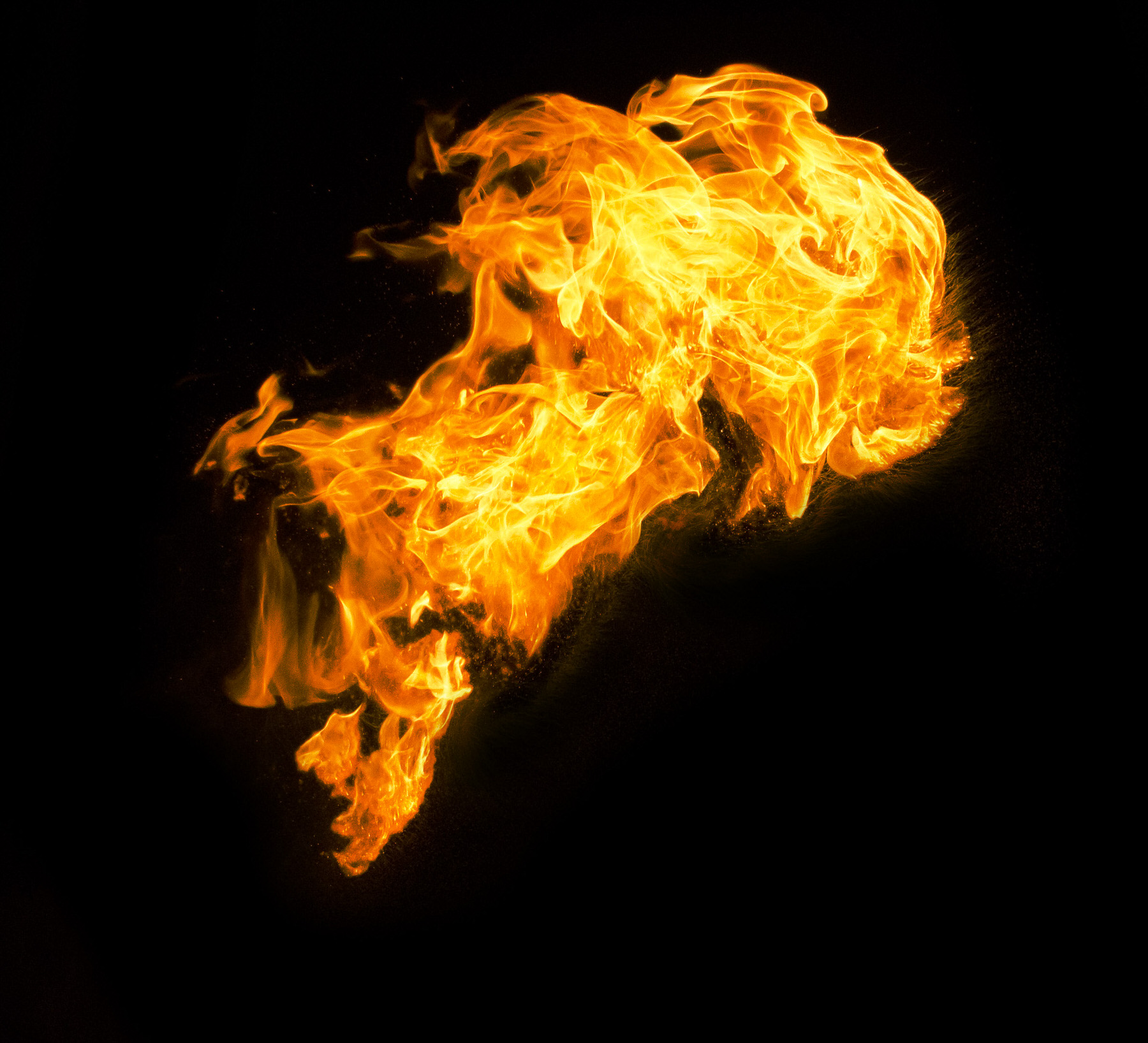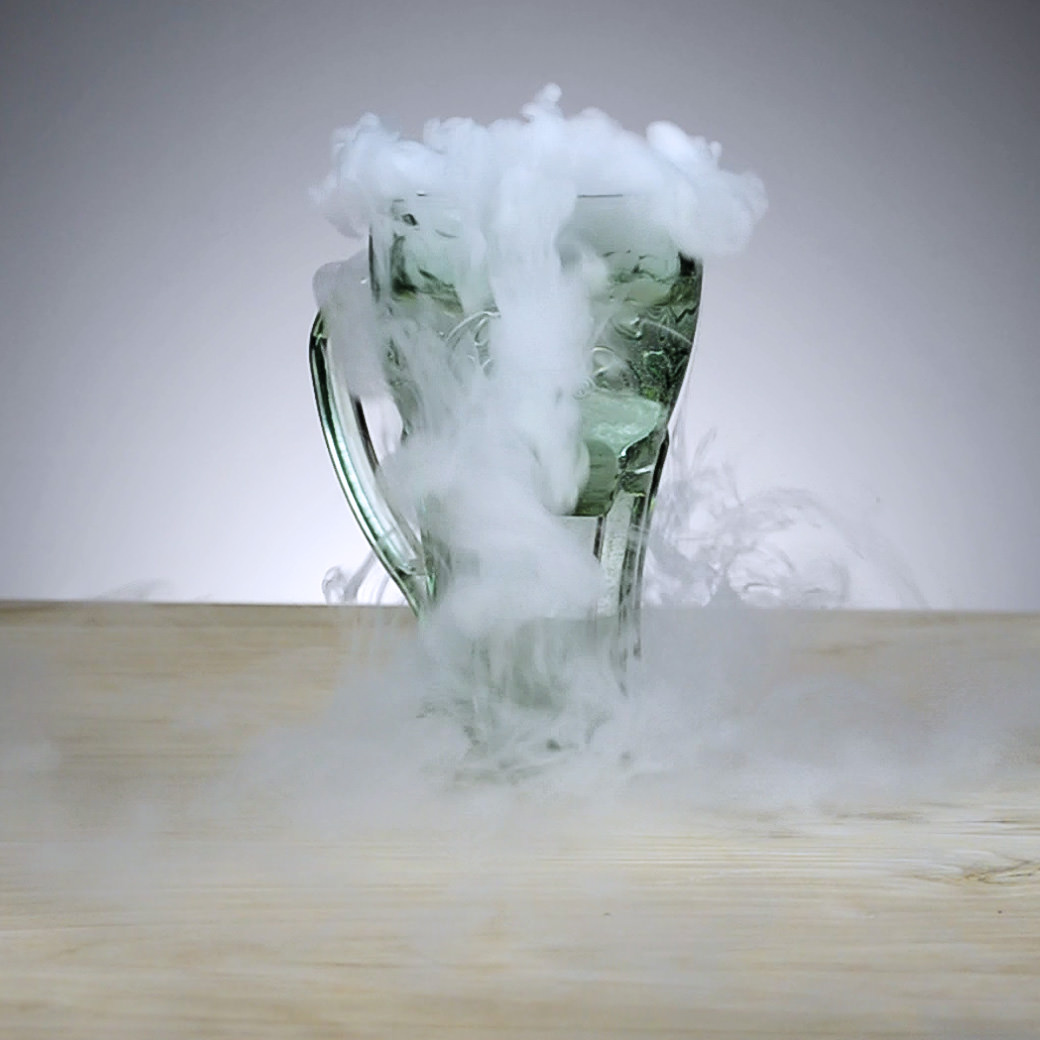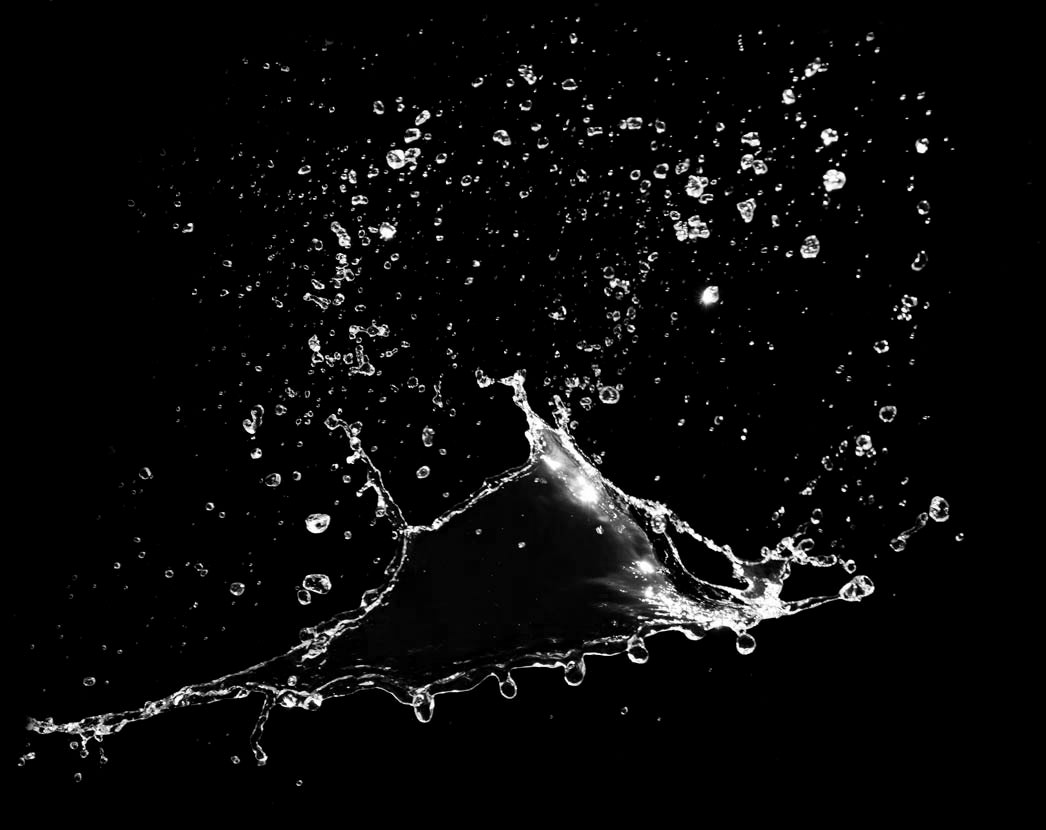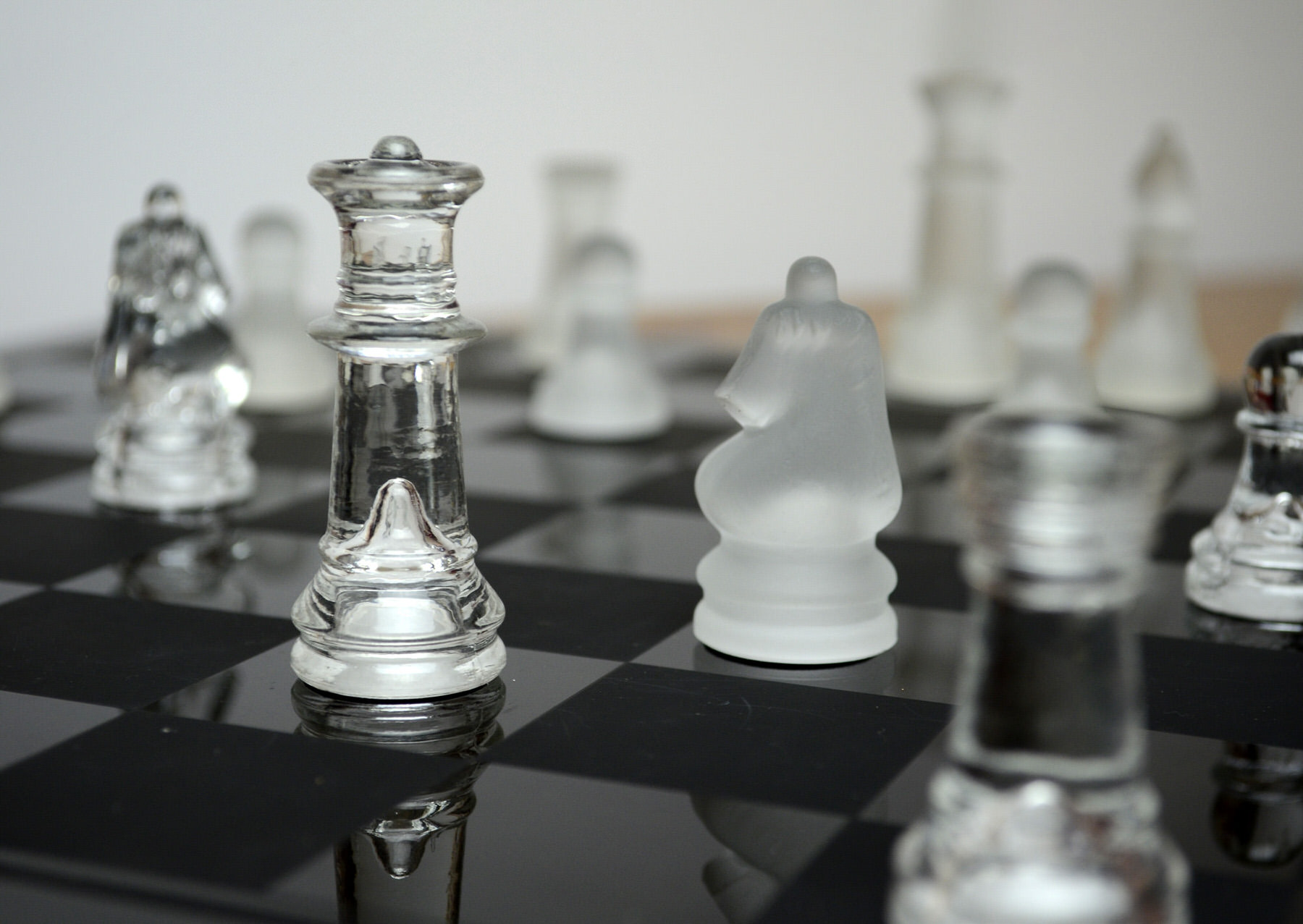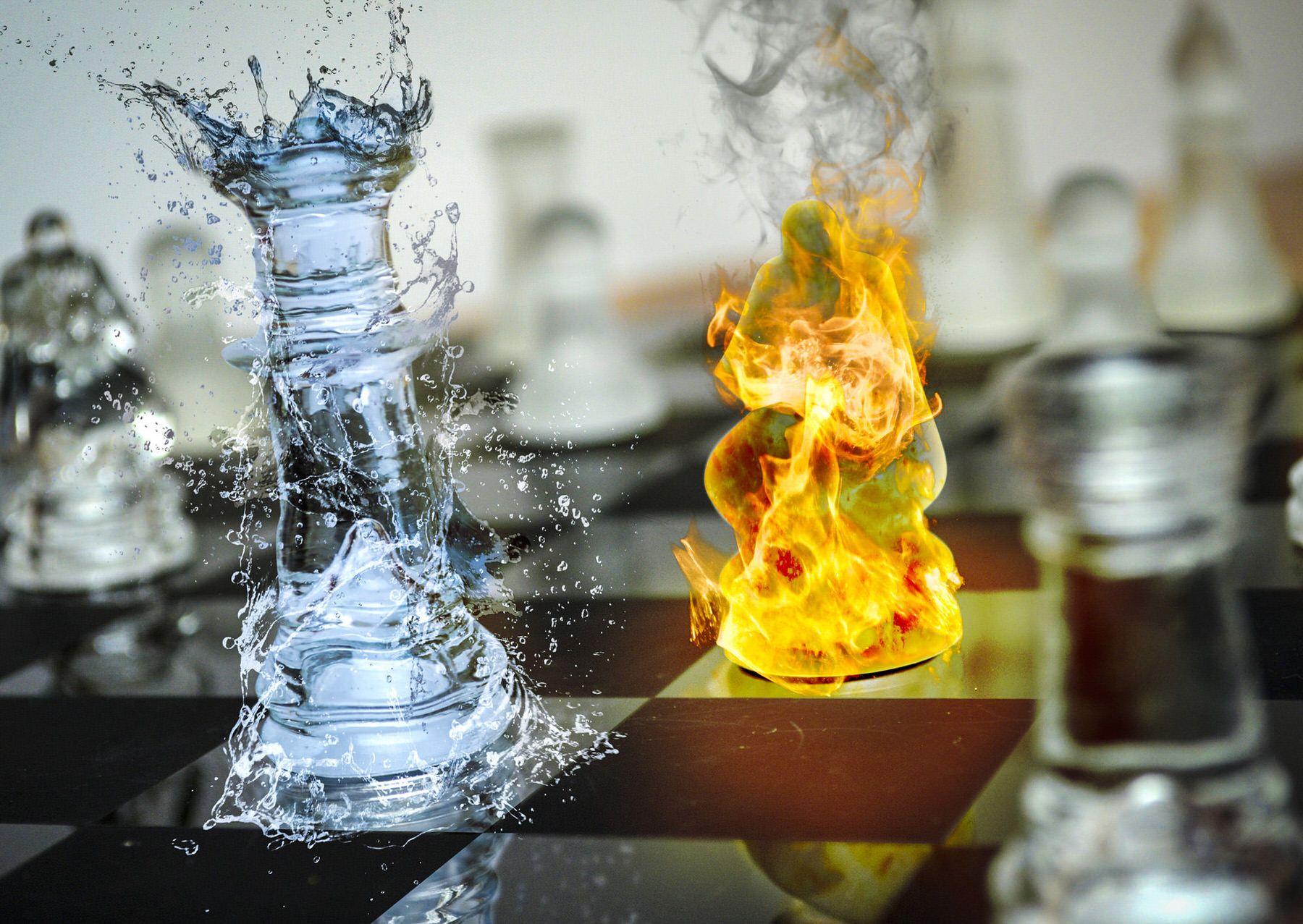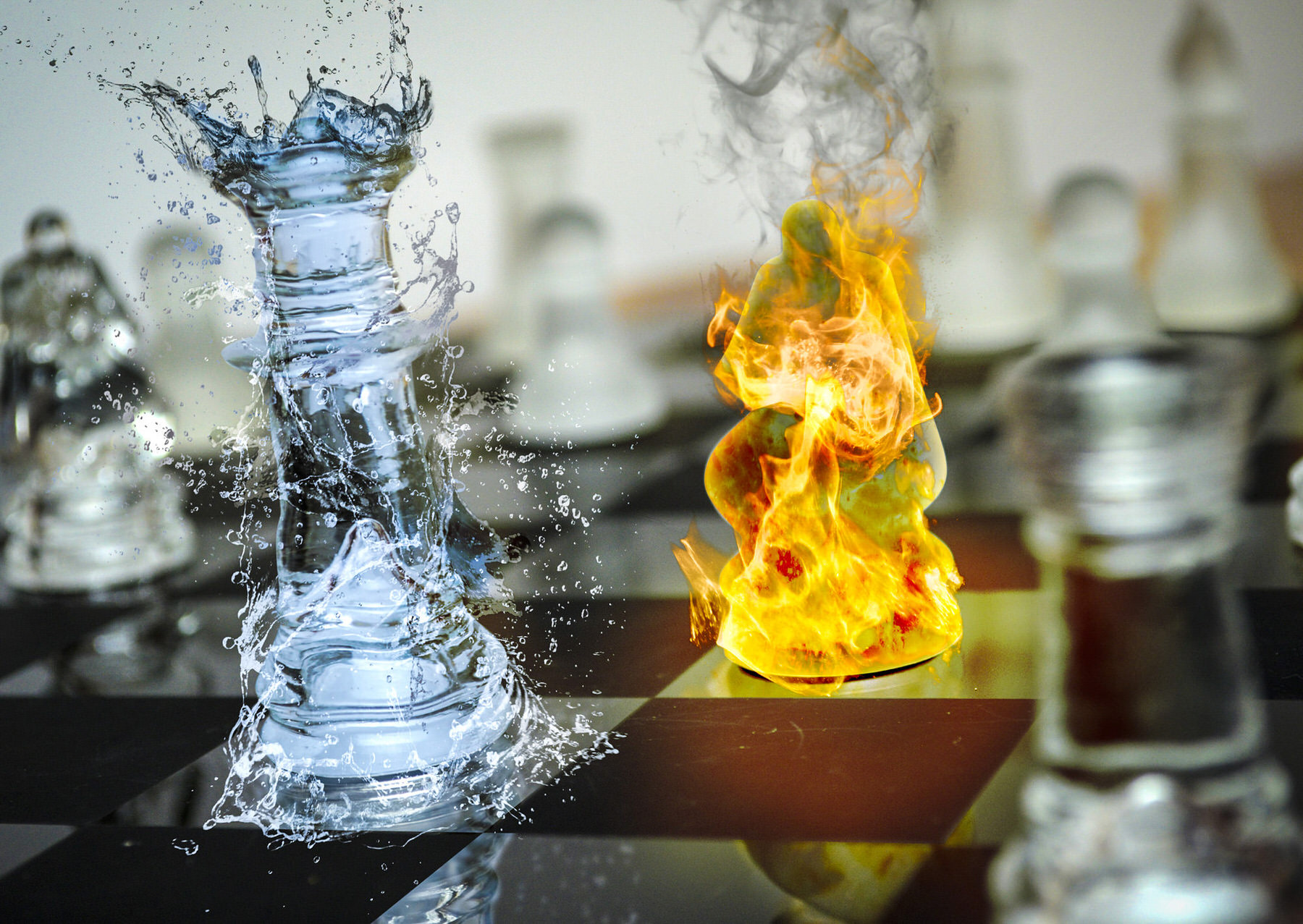
Analog Effects in a Digital World
When I was a much younger digital artist, taking classes in the early days of computer generated special effects, I had an instructor that insisted we would benefit from learning the ways of crafting special effects that were non-digital. Completely analog, if you will.
At first it sounded like the ramblings of an old man tenaciously clinging to the obsolete methods that would soon go the way of the telegram. But we humored him. It was a required credit after all, so we wanted to get our marks and get out. And some did just that. But I found the peek behind the curtain of the silver screen transformative. It changed the way I approach digital art. Learning the ways of these old-school effects not only gave me newfound respect for the art and craft of the masters that went before me, but instilled a sense of practical creativity and problem solving that I’m not sure I would have gotten in the purely digital world.
For example, in my Digital 3D Design class we’d inevitably take a more technical approach, like setting up particle generators and controlling their flow with dynamic expressions. But in the stage crafting class, the analog equivalent showed us how to ignite clouds of coffee creamer mid-air. Throwing actual fireballs! Maybe there was something to be learned from these guys who had never even heard of a pixel.
So when I set out to create an image to convey the idea of elemental forces of nature playing chess with each other, I knew I wanted to use natural elements, not simulations. I had my shot list: Fire (and therefore smoke), water splashes, and a chess set that would accommodate easy compositing of these elements.
The creative journey for this project included a variety of setups and different methods I only reached through trial and error. Here’s how it eventually unfolded:
Hadoken!
Capturing the fire was more fun than anybody should probably be allowed to have indoors. I devised a rig to propel a few tablespoons of powdered coffee creamer over an open flame. This is surprisingly reliable and produces an exciting ball of flame that quickly dissipates before it can cause any real threat. Even after I had some great shots, I found myself going back to do more and more simply because of how fun and easy it was to produce.
Smoke
Capturing smoke was a bit more of a conundrum. I wanted smoke, but without a flame that would impact the lighting and the exposure settings. After trying several methods, I settled on an effect that wasn’t even really smoke. It was water vapor. Created by dropping dry ice into a cup of water. The vapor looks and behaves exactly like smoke, with the notable exception that it sinks instead of rises. But it was easy to produce and extremely simple (and safe) to control.
Water Splashes
I had struggled mightily with water splash photography in the past. It was the classic photography dilemma of needing a faster shutter to freeze the movement midair, but needing enough light to still see the splash clearly. I always struggled to find the right balance. The solution was plain as day. Literally. The answer was sunlight. Bright, midday, direct, harsh, melt-your-face-off sunlight. Usually that’s one of a photographer’s worst possible lighting situations. But it is perfect for making mid-air water splashes sparkle like diamonds!
Putting It All Together
After playing with fire, dry ice and water splashes, photographing a chess set seemed almost pedestrian. But hey, a day with your camera beats most other types of work, so no complaints. After grabbing some studio shots of a shiny glass chess set, it was all up to Photoshop to put everything together. This was mostly an exercise in blending modes and masks. But it’s the details of this piece that still stick out to me; setting the reflections in the lighter board squares or exploring how the light from the fire would play within the transparency of the water. These are details that create a subtle realism to a project like this.
Ultimately, this is still one of my favorite projects. I always relish the chance to explore practical effects and devise clever ways to capture them. It’s the problem-solving aspect of the project that calls to me. So even though I’m thrilled with the final piece, I still enjoyed the process of getting there even more. It was the creative journey, not the destination that I found so satisfying. I think that is really what my old film school professor was trying to teach us after all.
Get started today with The Beginner’s Guide to Special Effects!
Learn more about Kirk’s work at ThePixelPro.com.
